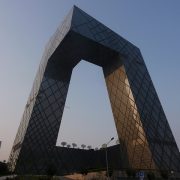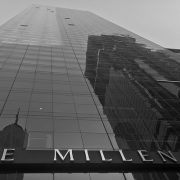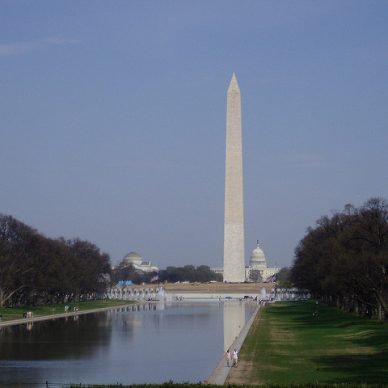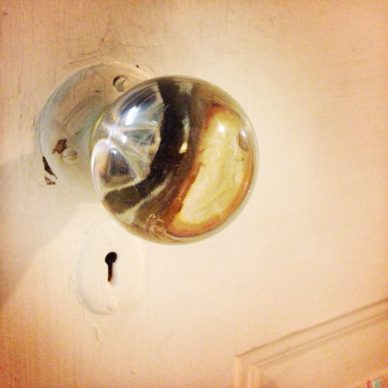Iconic Glass Structures – The Bloch Building
We would be remiss if we didn’t include the Bloch Building at the Nelson-Atkins Museum of Art in our growing list of iconic glass structures. The Bloch Building, a 2007 addition to the Nelson-Atkins Museum in Kansas City, features a frosted glass exterior that when lit from inside, takes on the appearance of a Japanese lantern.
The building is a 165,000 square foot addition to the museum complex, and sits in stark contrast to the museum’s original Beaux-Arts style building, which opened in 1933. The Bloch Building, named after H & R Block co-founder Henry W. Bloch, is home to a number of the museum’s collections, including contemporary art and African, photography. It also includes a number of galleries for special exhibits, a reference library and a permanent sculpture collection.
The Bloch Building was designed by Steven Holl, who submitted the winning entry in a design contest in 1999. Holl’s design was chosen because it did not obscure the main entrance to the museum. The Bloch Building is actually a series of five interconnected spaces, called lenses, which occupy rolling terrain next to the museum’s original building. The addition increased the museum’s display space by more than 50 percent.
Not everyone was happy with the addition’s design. During the day, the addition has a distinct “industrial” look, which many thought looked out of place next to the museum’s original building. Following the completion of the building, however, the addition has received rave reviews. The Bloch Building, the majority of which is underground, makes heavy use of natural light. Thanks to specialized UV-resistant coated glass, most of the Sun’s harmful rays are filtered out.
The addition has won a number of design awards and recognitions since it was first unveiled. The glass skin is made of double-glazed, low-iron channel glass which is also thermally insulated. The building has an opalescent glow in daylight, but still allows a significant amount of natural light to fill the structures. At night, the glass is lit, which creates a dramatic effect. Joints between the glass panels are made of silicone tubes and sealants, which are not visible, day or night.
Glassprimer™ glass paint is a specialized glass coating that bonds permanently to glass surfaces. Glassprimer™ glass paint can be used in both interior and GlassPrimer also makes a glass surface molecular activator that is designed to work with UV-inkjet glass printing processes. exterior applications and can help reduce solar heat gain in some applications. For more information about Glassprimer™ glass paint, please visit the rest of our site. If you’d like to purchase Glassprimer™ glass paint, please visit our online store .
Photo Credit: Dean Hochman, via Flickr.com




